PE wax, also known as polyethylene wax, is commonly used as a processing aid in the plastic industry. It is added to plastic resins during the manufacturing process to improve processing efficiency and to modify the properties of the final product.
Polyethylene wax acts as a lubricant and helps to reduce friction between the plastic particles during processing, which can improve the flow of the plastic material and prevent it from sticking to processing equipment. This can result in a more uniform product with a better surface finish.
PE wax can also help to improve the mechanical properties of the plastic, such as its impact resistance and tensile strength. It can also increase the heat resistance of the plastic and reduce its shrinkage during cooling.
Polyethylene wax is a useful additive in the plastic industry and can help to improve the processing and performance of plastic products.
Here are some benefits of using PE wax in plastic:
- Improves processing: PE wax can improve the processability of plastic materials by reducing friction and viscosity, which can result in smoother processing and improved mold release.
- Enhances surface properties: PE wax can improve the surface properties of plastic products, such as gloss, slip, and scratch resistance. This makes them more attractive to consumers and more durable in use.
- Increases strength: PE wax can improve the strength and toughness of plastic materials by reinforcing the polymer matrix, reducing brittleness, and enhancing impact resistance.
- Reduces costs: PE wax is a cost-effective additive that can help reduce production costs by reducing the amount of raw materials needed, improving efficiency, and reducing waste.
- Enables formulation flexibility: PE wax can be easily incorporated into a wide range of plastic formulations, allowing manufacturers to adjust properties such as hardness, melt viscosity, and processing temperature to meet specific product requirements.
The use of polyethylene waxin plastic can provide a number of benefits that can improve the performance, appearance, and cost-effectiveness of plastic products.
Plastic Production Methods With PE WAX
Polyethylene wax can be used as an additive in the production of plastics to improve their properties such as lubrication, processing, and surface finish. Here are some ways polyethylene wax can be incorporated into plastic production:
- Extrusion: polyethylene wax can be added to the plastic material before or during the extrusion process. The wax acts as a lubricant, reducing friction between the plastic and the processing equipment. This results in smoother processing and a better surface finish.
- Injection Molding: PE wax can also be added to the plastic material during the injection molding process. This helps to improve the flow properties of the plastic and reduce the risk of defects such as warping or sink marks.
- Blow Molding: In blow molding, polyethylene wax can be added to the plastic material to improve the mold release properties of the plastic. This makes it easier to remove the plastic product from the mold.
-
- Film Production: polyethylene wax can also be added to the plastic material used for film production. This helps to reduce the coefficient of friction of the film, making it easier to handle and package.
It’s important to note that the specific way polyethylene wax is incorporated into plastic production can vary depending on the type of plastic being used and the specific properties that are desired. The exact formulation and processing parameters should be determined through experimentation and testing to achieve the desired result.
METHODS OF USING PE WAX IN PLASTIC
Here are some methods of using PE wax in plastic:
- Direct mixing: PE wax can be added directly to the plastic during the compounding stage. The wax is typically added at a concentration of 0.5 to 5% by weight, depending on the application. Direct mixing is a simple and effective method that can improve the processing properties of the plastic.
- Masterbatch: PE wax can be incorporated into a masterbatch, which is then added to the plastic during processing. Masterbatch allows for more precise dosing of the wax and can reduce dusting and clumping during handling. The wax content in the masterbatch is typically higher, around 10 to 50% by weight.
- Surface coating: PE wax can be applied to the surface of the plastic as a coating. This method is commonly used in applications where the plastic needs to be slip-resistant, such as packaging films. The wax is typically dissolved in a solvent and then applied to the surface of the plastic using a coating machine.
- Internal lubrication: polyethylene wax can be used as an internal lubricant to reduce friction between the plastic and processing equipment. This method is commonly used in injection molding and extrusion processes. The wax is typically added at a concentration of 0.5 to 2% by weight.
- Extrusion coating: PE wax can be used as an extrusion coating on other materials, such as paper, cardboard, or aluminum foil. The wax improves the adhesion of the plastic to the substrate and provides slip properties. The wax is typically applied to the substrate using a hot melt extrusion coating process.
It is important to note that the method of using PE wax in plastic may depend on the type of plastic being used, the processing equipment, and the final application of the product. It is always recommended to conduct trials and tests to determine the optimal method and concentration of PE wax for a specific application.
HOW PE WAX DECREASE PLASTIC PRODUCTION COSTS
Polyethylene wax also can decrease plastic production costs in several ways:
- Reduced Friction: PE wax can be added to plastic formulations to reduce friction during the extrusion and molding process. This can result in higher productivity and lower energy costs.
- Improved Processability: PE wax can improve the processability of plastics by reducing viscosity, improving flow, and reducing the likelihood of defects such as air pockets or voids. This can result in lower scrap rates and less material waste.
- Lower Mold Release Force: When added to plastic formulations, PE wax can reduce the force required to release the plastic from the mold. This can result in faster cycle times, lower energy costs, and reduced wear and tear on molds.
- Enhanced Surface Properties: polyethylene wax can improve the surface properties of plastic products, such as gloss, smoothness, and scratch resistance. This can increase the value of the final product and potentially reduce the need for additional coatings or treatments.
By utilizing polyethylene wax in plastic production, manufacturers can realize cost savings through increased efficiency, reduced waste, and improved product quality.



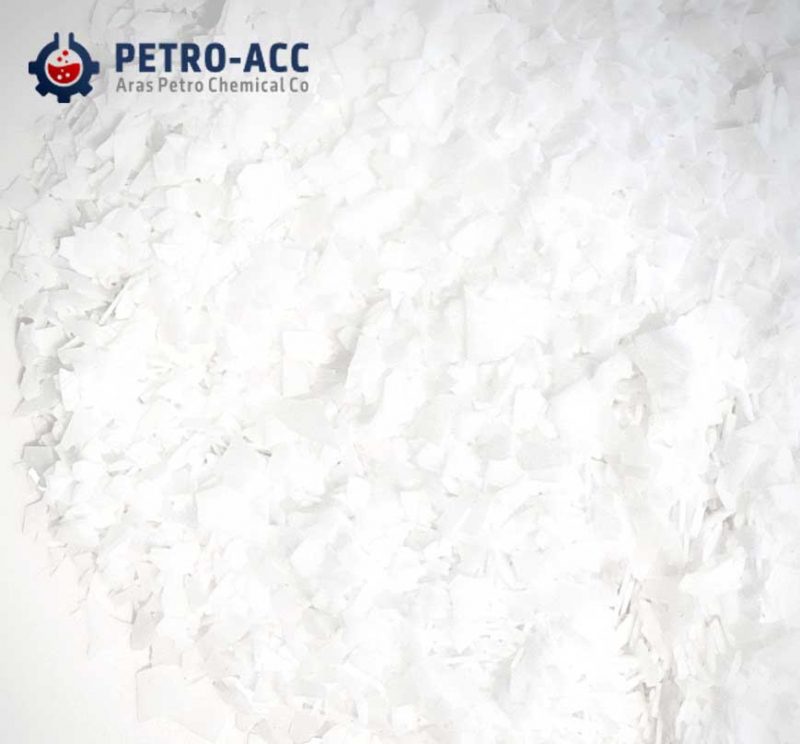
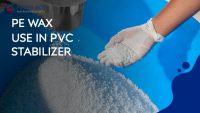
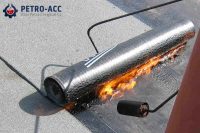
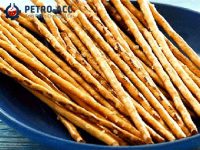
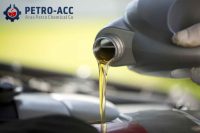
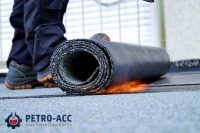
Leave A Comment